Tom Cruise Deemed Unrecognizable in New Pics With Prince William, as Some Say He Had “Too Much Surgery”

During the recent years, scientists made two breakthrough discoveries about our universe. Thanks to new technologies, we’ve looked into the distant past... and we’ve learned something that can change our understanding of the universe forever. What are these discoveries, and what do they mean to us? Let’s find out.
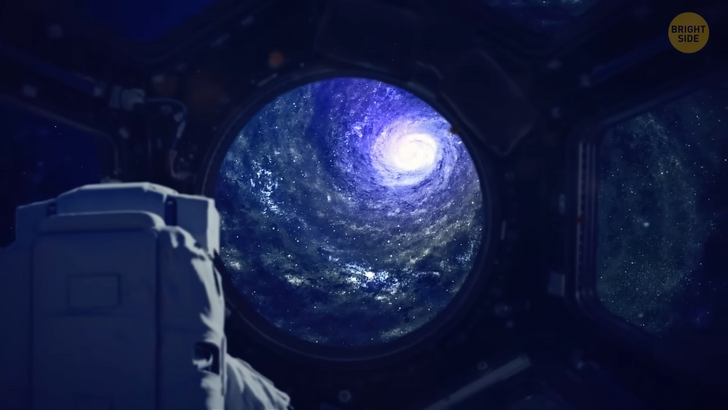
Recently, we unveiled the first color image from the James Webb Space Telescope. It’s a mind-bending photo capturing thousands of ancient galaxies. This “oldest documented light in the history of the universe” dates back over 13 billion years. That’s just 600 million years after the Big Bang! It’s like getting a sneak peek into the universe’s baby album! But that was just the beginning. Astronomers were expecting to see some tiny, young galaxies, but what they found was a real surprise. “Impossibly early”, “impossibly massive”... and all that from just a tiny red dot. The lead author of the study, Ivo Labbé, was working at the computer as usual, and suddenly he got two numbers. Age: 13.1 billion years. Weight: 100 billion stars. When he realized what that meant, he nearly spit out his coffee!
But that red dot was just the beginning. The next day, they found five more galaxies just like this. Turns out, these six massive galaxies are as old as the Milky Way itself! The entire research team was in disbelief. They were like, “Wait, what? These guys couldn’t be that mature so early in time! Did we make a mistake?” But nope. The James Webb Space Telescope, the new cool guy on the space block, just has some serious skills. It can see through dust clouds with its infrared vision and spot galaxies that were previously invisible. Move over Hubble, there’s a new star-gazer in town! But why has it shaken things up so much? Because this discovery affects our understanding of how galaxies formed.
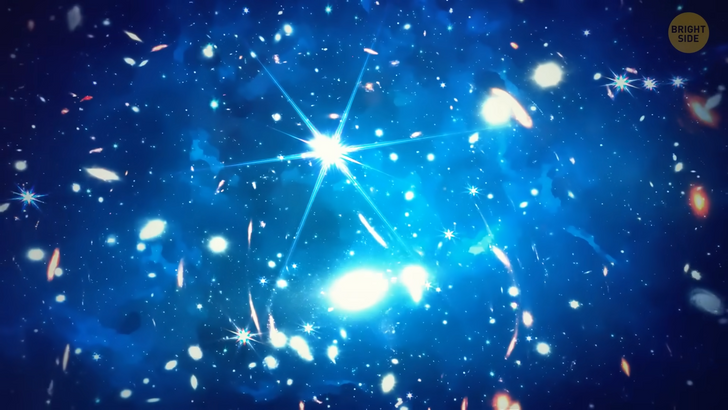
Let’s try to explain. A long time ago — 13.8 billion years ago, to be precise — our universe was born. It was chilling out for a while, and then, it started to form the first galaxies. And these galaxies were full of gas and dust. Eventually, this gas started turning into stars. Some galaxies were more massive and had more stars, and some were lighter and had almost no stars at all. In any case, they all grew gradually. The stars in them were born slowly and smoothly. That’s how our current models explain this. But these new observations from the James Webb Space Telescope show an unexpected surprise. Looks like even in the early universe, our ancient friends had lots of stars. More than what we would ever expect!
If that’s the case, then these galaxies are like the overachievers of the universe. They skipped the small and gradual growth phase and went straight to being giant “universe breakers”. According to our current cosmological model, they shouldn’t even exist! But they do. So, it looks like after the Big Bang, the stars were forming much faster than we thought. Which is pretty weird. This could mean that there’s something missing in our understanding of the galaxy formation. As you can see, these “universe breakers” are really living up to their name, causing a potential total consensus among scientists. The universe was like, “Hey, I’m about to flip cosmology models upside down”.
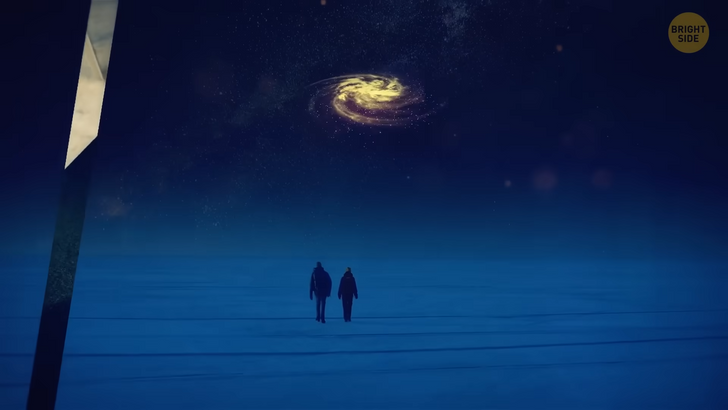
But let’s not jump to conclusions. There are many theories that could explain these mind-boggling discoveries without breaking the standard model. For example, maybe the light we’re seeing isn’t coming from stars at all, but from the swirling disks of doom around supermassive black holes! These colossal cosmic beasts can gobble up matter and spit out a dazzling light show. And James Webb Telescope’s keen eye is picking up on these enigmatic accretion disks like never before. Or maybe these galaxies could be playing hide-and-seek with us. Maybe there’s more to the story that we haven’t seen yet! After all, the universe is vast and mysterious, and we’ve only just begun to scratch the surface.
And whoa, whoa, whoa — we really need to slow down here. Before we even try to explain all this stuff, we need to confirm whether these ancient galaxies really are that old! Although even if they’re actually just supermassive black holes, it still shows “an astounding change.” We’ll have to wait about a year to find out. One thing’s for sure, the James Webb Space Telescope has definitely taught us a valuable lesson: expect the unexpected. And this is just the beginning of “unexpected”! Ivo Labbé’s team wasn’t the only one who made such a huge breakthrough. There’s also a team that claims that they’ve unlocked the secrets of the universe’s past, and that’s worth two Nobel Prizes!
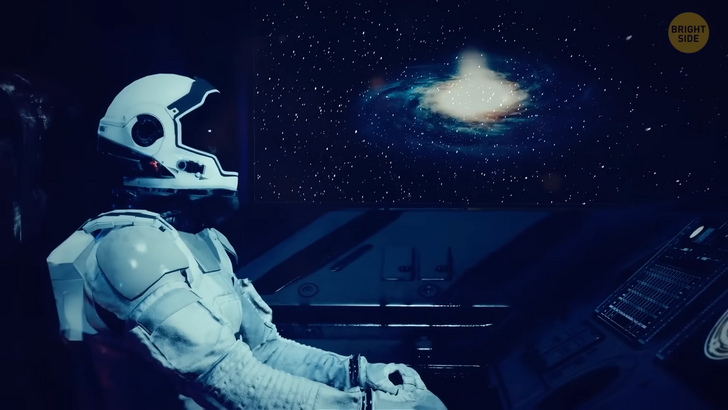
Move over, James Webb Space Telescope, because this discovery came from an antenna that’s smaller than a fridge and costs less than 5 million dollars. Talk about space bargain hunting! The astronomers caught this signal that showed some surprises. It was coming from the earliest stars of our universe, back in the days when they were just beginning to twinkle. Say hi to our celestial ancestors again! Now, the signal was pretty weird. The temperatures were unusually low, and there was a pronounced wave that left astronomers scratching their heads. What could be causing all this? Well... There’s a theory. Dark matter may have been at work. And if that’s the case, then we can really be on the verge of a great discovery.
Imagine you’re looking at the night sky filled with stars, but there’s something else there that you can’t see. It’s like an invisible cloak that covers the entire universe. Scientists call this mysterious stuff “dark matter.” Dark matter is like the ghost of our world — it doesn’t emit, absorb, or reflect any light. We can’t see it with telescopes or our eyes. That’s why we call it “dark” matter. But if we can’t detect it in any way, how do we know it exists? Because of its gravitational pull. One day we noticed that our understanding of how galaxies were created was incorrect. According to our calculations, they should have been some chaotic gas. But something held them together, turning them into spirals. Like some kind of invisible glue. Then we thought: maybe this invisible glue really exists?
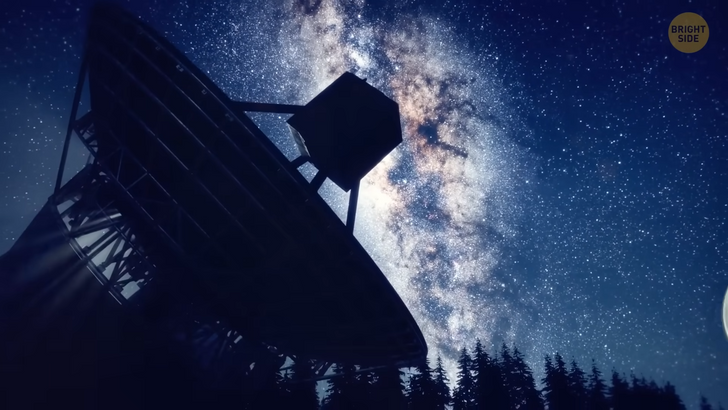
If the Moon was invisible, we would still suspect that it exists somewhere because its gravity affects the tides on Earth. This is also the case with dark matter. Its gravity influences the motion of galaxies and other cosmic objects. In fact, dark matter makes up a huge chunk of the universe — about 27% of it! Moreover, the “normal” matter we can see, like stars, planets, and galaxies, only make up about 5% of the universe. So, even though we can’t see dark matter, there’s actually more of it in the universe than everything we can see! Scientists are still trying to figure out if dark matter exists, and what it can be made of. Some theories suggest that it could be made up of exotic particles that are different from the particles that we’re used to. Others think that it might be some kind of weird, undiscovered form of matter that doesn’t interact with light at all.
Anyway, it’s an intriguing mystery. And if we ever confirm the existence of dark matter, our understanding of our world will change forever. So now you can understand why the excitement in the scientific community is palpable. If this discovery is confirmed, then we will get the first real proof of dark matter! This discovery may be even more important than the Big Bang itself because, as astronomers put it, “we are made of star stuff and so we are glimpsing at our origin.” But, of course, we still have to wait and explore all this in great detail. In science, one should never rush to conclusions. And while scientists study this stuff, we’ll be here, on the edge of our seats waiting for the next space blockbuster to unfold.
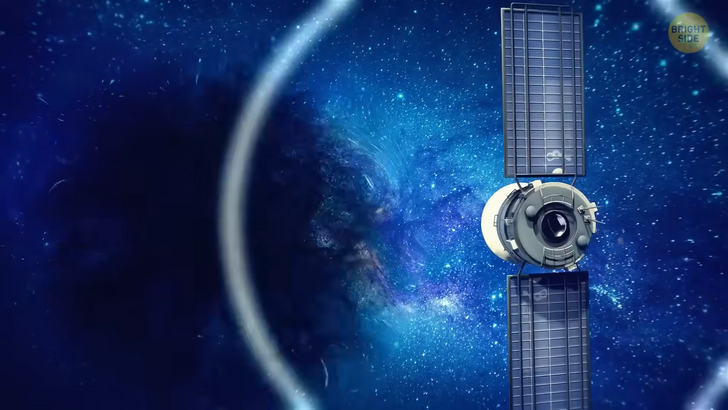
The universe never ceases to amaze us with its wonders. Who knew that such a small and humble antenna could unlock such cosmic secrets? It just goes to show that in the vastness of space, even the tiniest discoveries can have the biggest impact. Keep looking up, and who knows what other cosmic surprises are waiting to be uncovered!











